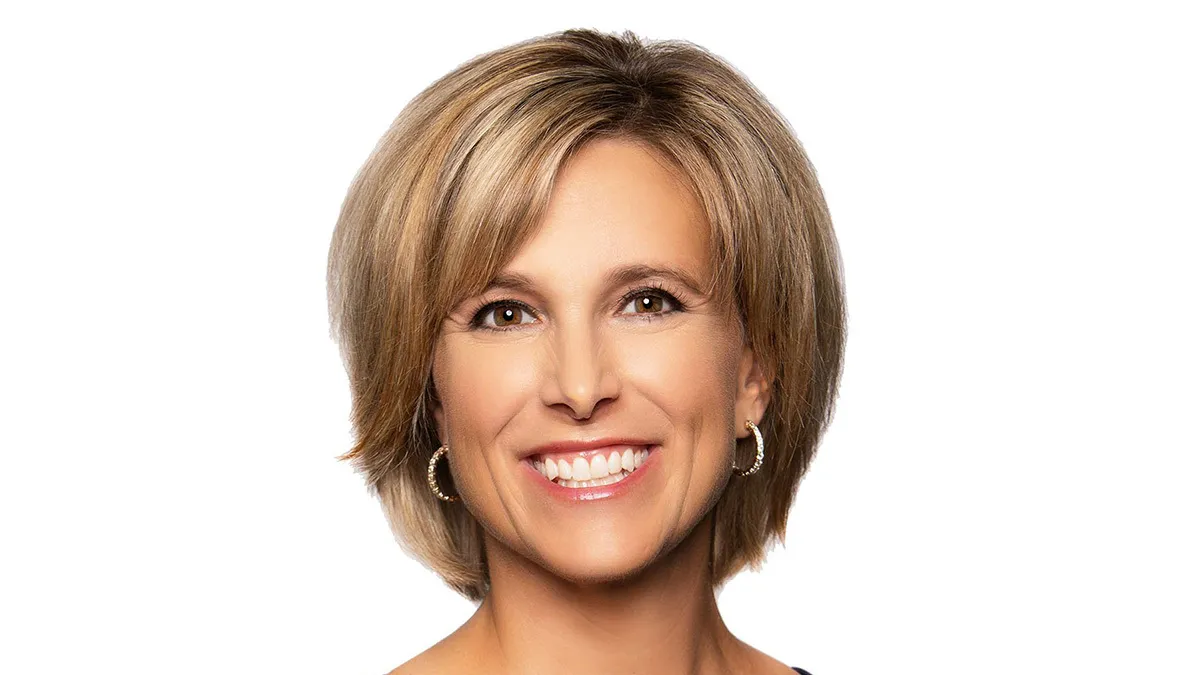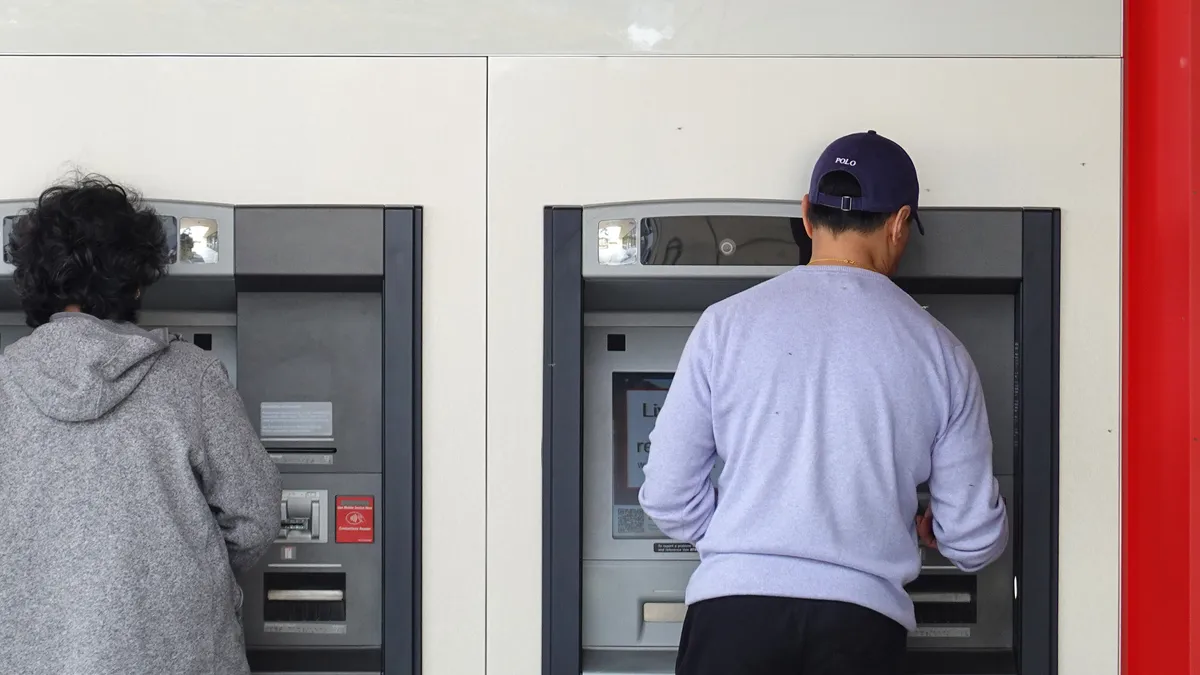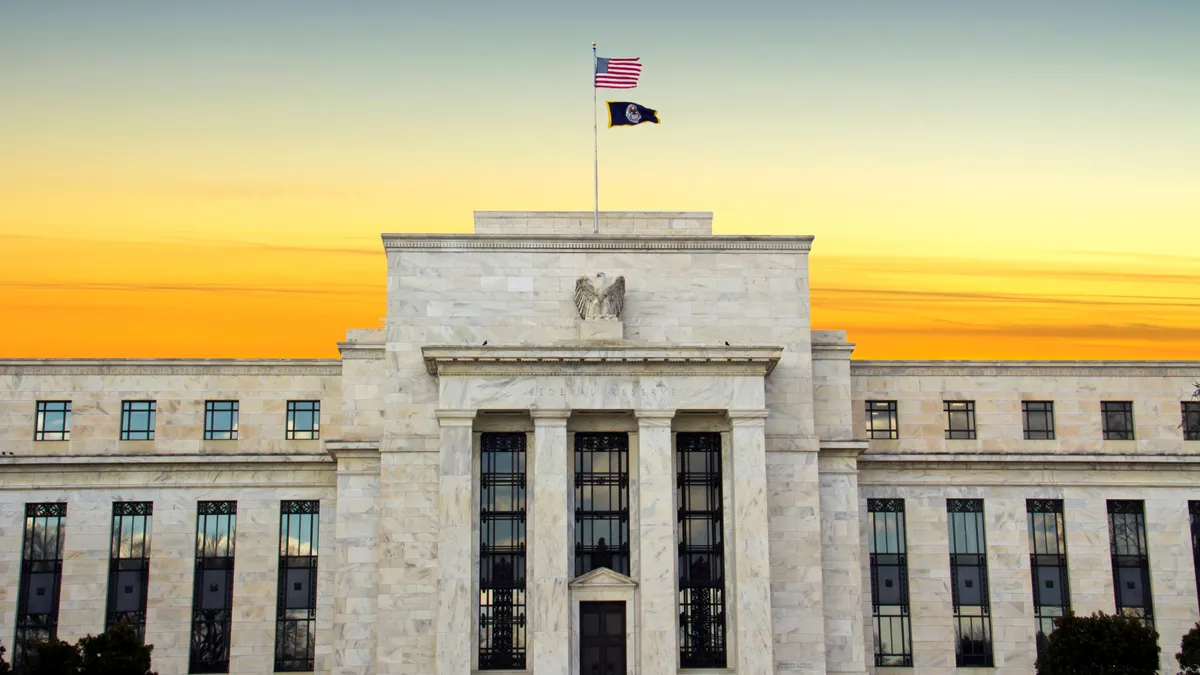Brian Gilmore is a director at Commonwealth, a national nonprofit building financial security and opportunity for financially vulnerable people through innovation and partnerships to change systems.
Financial insecurity is a major issue in the U.S., with tens of millions of people living with inadequate savings and no meaningful wealth. Wealth creation — not just current income — fosters economic security and launches social mobility. An accelerated uptake in fintech usage during the pandemic offers a significant opportunity to drive change for financially vulnerable populations, disproportionately Black, Latinx and female-led households, while presenting an untapped customer base for financial services and fintechs.
A recently published study, in which we partnered with the financial technology services company Plaid, examined fintech usage during the pandemic through the lens of socioeconomic and demographic differences. It uncovered a rich opportunity for fintechs and financial services providers to better serve financially vulnerable consumers by developing products and services that meet their unique needs.
Demographic differences in usage of investing tools
Our findings indicated that while overall fintech usage is up across all demographics, there were gaps in the usage of certain types of tools. For example, people making less than $50,000 reported using fewer fintech tools than higher-income groups, and managing a smaller portion of finances digitally compared with higher-income groups.
When looking at specific uses of fintech, the differences can be stark. People making less than $50,000 used investment tools far less (15%) than people making over $100,000 (34%). In fact, our prior research has indicated that women and single mothers of color making less than $80,000 felt that current investing platforms are not designed for them.
Fees serve as a major barrier
Some features of fintech tools also serve as barriers to particular populations. Fees were a major barrier, with a larger percentage of Black people (47%) responding that there were too many fees associated with creating a savings habit compared with white (13%), Asian (10%), and Hispanic (13%) people.
A greater percentage of people making less than $50,000 (37%) said there were too many fees associated with investing tools than those making $50,000 to $100,000 (14%)–consistent with data that indicates lower-income families pay more in fees. This difference holds for tools for building an emergency fund (30% vs. 13%) and basic banking services (23% vs. 15%).
Fees serve as a barrier for other fintech tools as well. For example, 23% of females said there were too many fees associated with paying off student/personal loans as compared with males (6%). Fees for securing or refinancing a loan were problematic for more Black people (50%) than white (22%), Asian (14%) or Hispanic (8%) people.
Financially vulnerable consumers trust fintechs – and that’s an opportunity
Although 23% of all respondents reported trusting tech-driven companies to build better financial products, trust was higher among Black respondents (35%) compared with white (21%), Hispanic (24%), and Asian (15%) respondents.
This data indicates a significant opportunity for the fintech industry to improve upon the lack of trust in financial services, often as a result of negative past experiences with traditional financial institutions. Consumer perception is complex and reaching financial goals often requires instilling trust and confidence in a product. In light of the increased usage of fintech applications due to the pandemic, fintech and financial services have an opportunity to examine perceptions and product design, and develop solutions that build relationships and trust.
In a new study from Commonwealth examining the use of conversational AI by low- and moderate-income people, between 20% and 35% of respondents used apps to manage expenses, pay off debt, build savings or invest. Aligning the design of fintech tools with the needs of these population segments could create a systemic shift to enable financial security.
To best serve financially vulnerable populations, financial services companies can improve their offerings to ensure that they are representing the needs, wants and aspirations of diverse groups in their product design, development, research and data while monitoring their impact to assess whether they are addressing or exacerbating existing inequalities in the financial system.



















